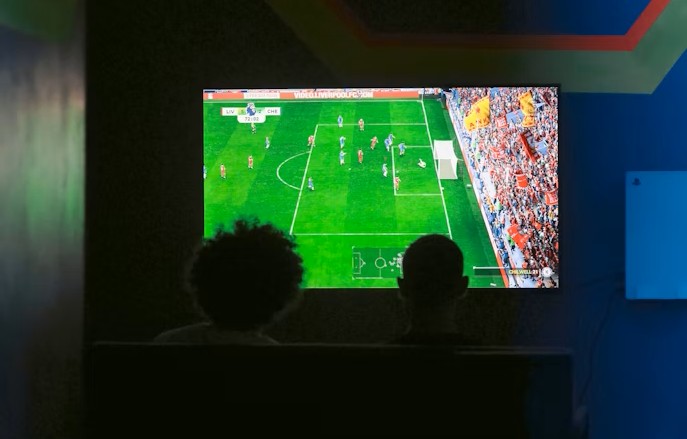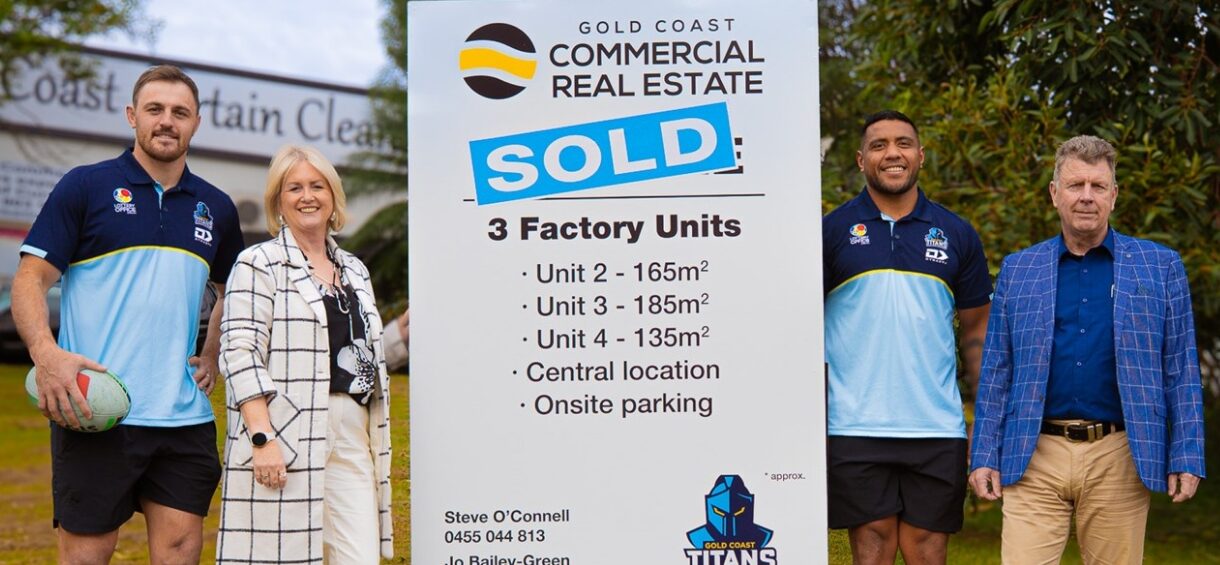How Para-Sport Can Follow in the Footsteps of Women’s Sports
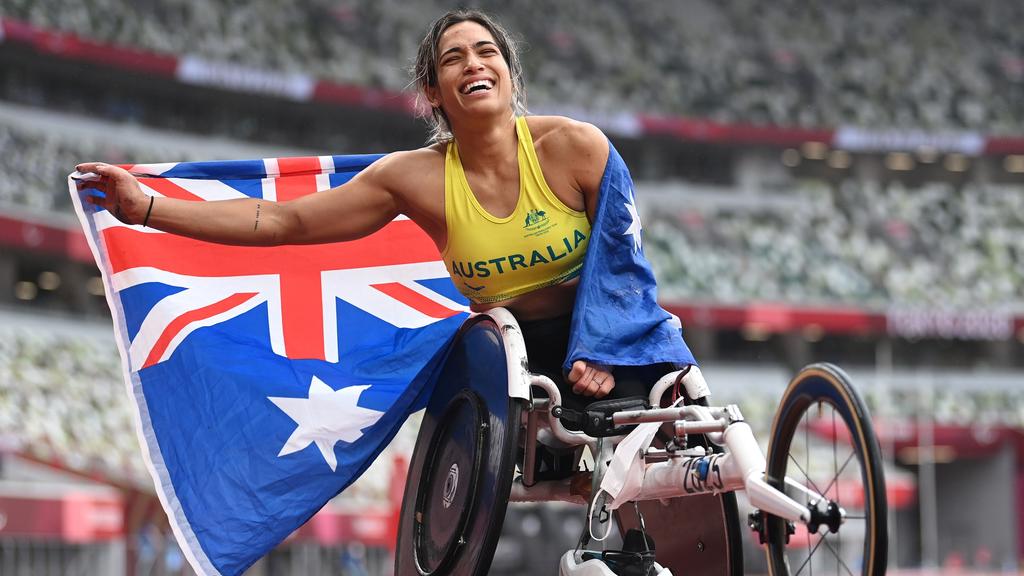
The 2024 Paris Paralympic Games signaled a new era for para-sports, demonstrating that athletes with disabilities are no longer simply participants in a movement of inclusion but rather elite competitors who can drive high viewership, sponsorships, and global attention. This trajectory is strikingly similar to the rise of women’s sports over the past decade, where a focus on competition and high entertainment value has transformed niche leagues into lucrative ventures. The parallels between these two movements highlight one undeniable truth: inclusion is the foundation, but competition, visibility, and strong business investments are what propel these sports to success. Much like the journey women’s sports have been on, para-sports are now standing on the edge of becoming a global powerhouse, waiting for brands, broadcasters, and business leaders to recognize their potential.
From Niche to Mainstream: The Rise of Women’s Sports
Women’s sports, once considered niche and underfunded, have rapidly moved into the spotlight. The 2023 FIFA Women’s World Cup was a landmark event, with over 2 billion viewers tuning in worldwide. Similarly, the Women’s National Basketball Association (WNBA) saw a 16% increase in viewership in 2023, driven by rising star power, strategic marketing, and partnerships with major brands like Nike and Google. What was once seen as a platform for inclusion has now become a thriving sector for competition and serious business investment.
Women’s sports have proven that they can captivate large audiences, sell out stadiums, create meaningful engagement across media platforms and provide valuable return on investment (ROI) for brands. It’s no longer about inclusion for the sake of fairness; it’s about smart business and growth. The success of the Women’s World Cup and the WNBA illustrates that, when given the platform, female athletes can deliver both on the field and in terms of commercial impact.
Para-Sports: Following the Path to Commercial Success
The Paralympics are following a similar trajectory. The 2024 Paris Paralympic Games achieved record-breaking viewership, with over 22 million people in France tuning in for the opening ceremony alone. In the UK, Channel 4 reported viewership reaching 18.5 million. While domestic numbers haven’t reached the same levels, athletes like Alexa Leary and Curtis McGrath continue to garner national attention. This attention is no longer about just giving para-athletes a platform – it’s about showing that these athletes are competitors who can captivate audiences, much like their Olympic counterparts. Big brands are taking notice. Companies like Toyota and Nike have launched major campaigns around para-athletes, recognising that the Paralympics are more than just an inclusive platform – they’re a burgeoning market.
As Dylan Alcott, Paralympic icon and Australian broadcaster, said: “Support us. Believe in us. Genuine inclusion.” a call for viewers and businesses to invest in athletes who are proving their value not just as role models, but as elite competitors.
View this post on Instagram
The Grassroots Challenge: Unlocking More Opportunities
While the top tier of para-sports is gaining traction, the grassroots level tells a different story. Participation in para-sports across Australia remains limited, particularly in rural areas where access to facilities and coaching is often lacking. Although there are initiatives aimed at increasing participation – such as Paralympics Australia’s school programs – these programs face challenges in terms of funding and nationwide reach.
Just as women’s sports experienced a surge in grassroots development following major investments, para-sports need similar attention. Without strong grassroots foundations, the pipeline for elite para-athletes will remain underdeveloped. Alcott’s rallying cry for “genuine inclusion” speaks to the importance of making para-sports accessible at all levels, from young athletes in schools to adults in regional communities.
More investment in grassroots participation could not only foster future Paralympians but also create a broader cultural shift in how we view sports and inclusion. Programs that encourage participation at an early age, provide adequate training, and develop local para-sport leagues are essential to build a sustainable, competitive environment. The lesson from women’s sports is clear: sustained success starts with grassroots investment.
A Future of Competition and Business Opportunity
The rise of women’s sports has shown that strategic investment and long-term commitment can transform a marginalised sector into a global powerhouse. The same potential exists for para-sports. The Paris Paralympics have already shown that global audiences are ready for more, and corporate partnerships are beginning to align with the movement.
If the commercial success of women’s sports is any indicator, the business world should take note of the potential in para-sports. With increasing global viewership, corporate sponsorships, and a growing fan base, para-sport has the power to become a major player in the global sports market.
As Dylan Alcott emphasised, ‘These games have shown the world what para-athletes are truly capable of.’ This is a pivotal moment for the sports business to recognise that para-sport offers not just visibility, but genuine competitive value. As demonstrated by women’s sports, sustained investment can drive long-term success and offer substantial returns for those who choose to support these athletes and their rapidly growing fan base.
Stay ahead of the latest sports business trends by subscribing to our free Ministry of Sport newsletter. Unlock even more insights with our exclusive membership plans today!
Similar Stories

360 Hoops Targets 2026 for National Market Entry
As youth sports participation costs rise and facility availability remains a bottleneck for...
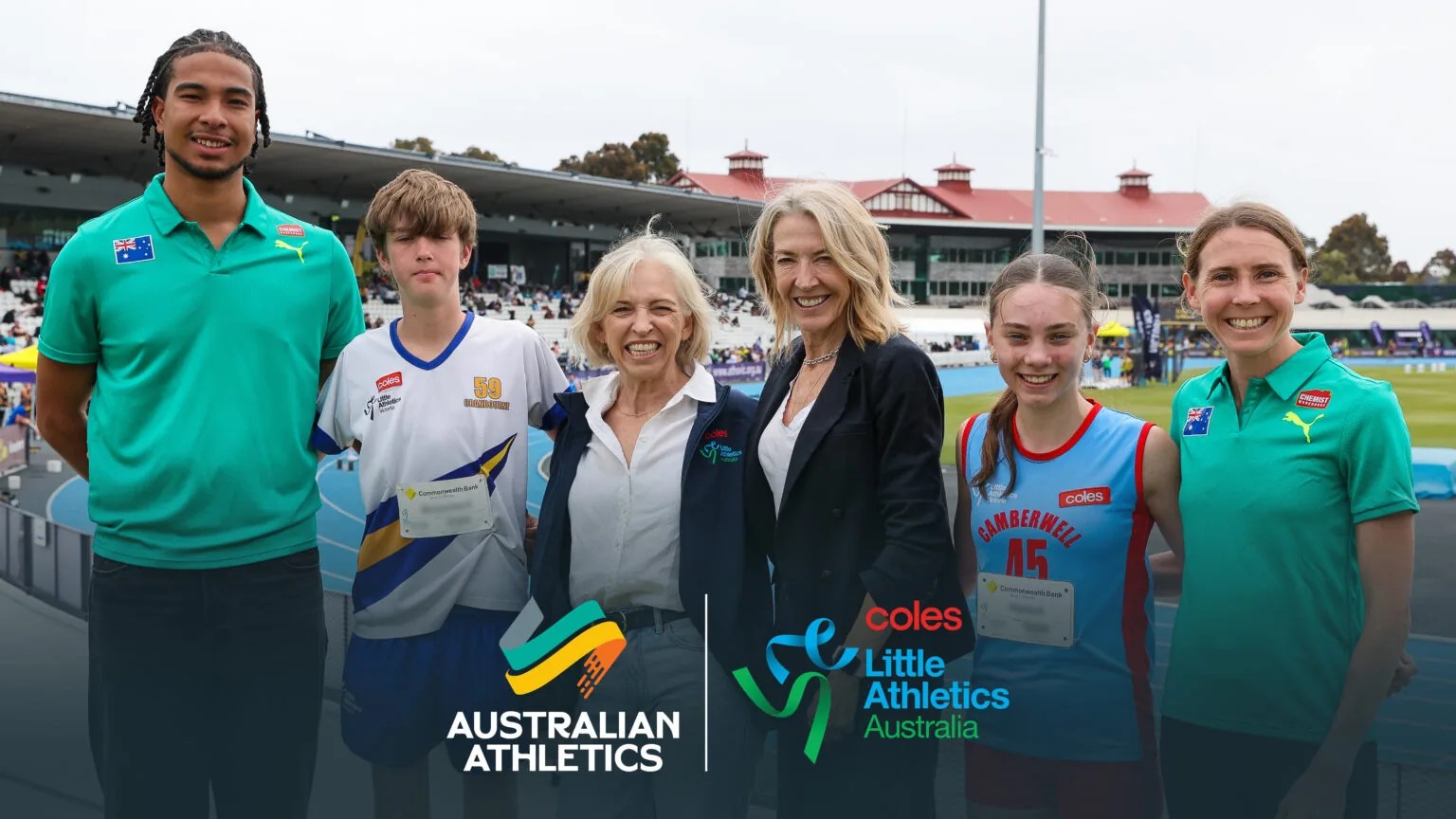
National Unification of Australian Athletics Confirmed
Australian Athletics and Little Athletics Australia have reached an agreement in principle to...
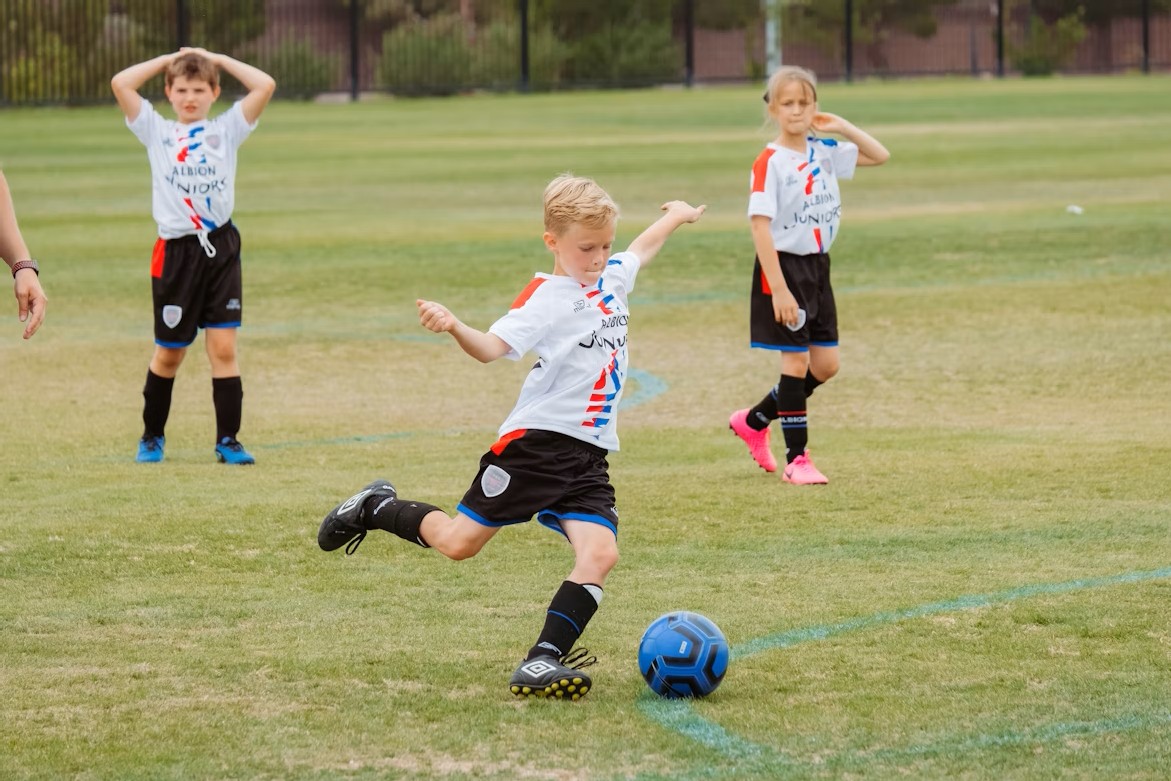
Queensland Government Launches “Sport Hub Queensland”
The Queensland Government has introduced an initiative with the launch of Sport Hub...
It's free to join the team!
Join the most engaged community in the Sports Business World.
Get all the latest news, insights, data, education and event updates.



